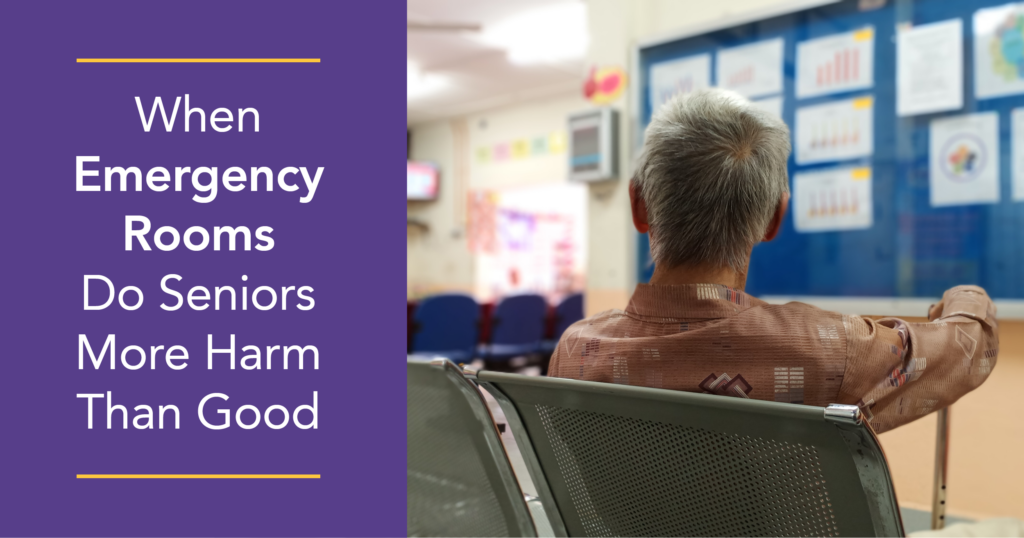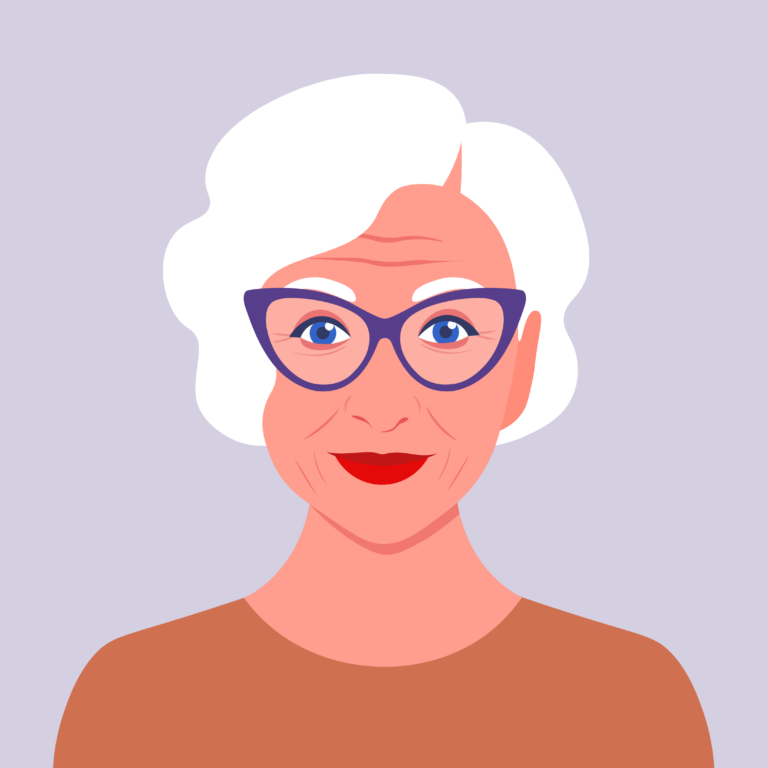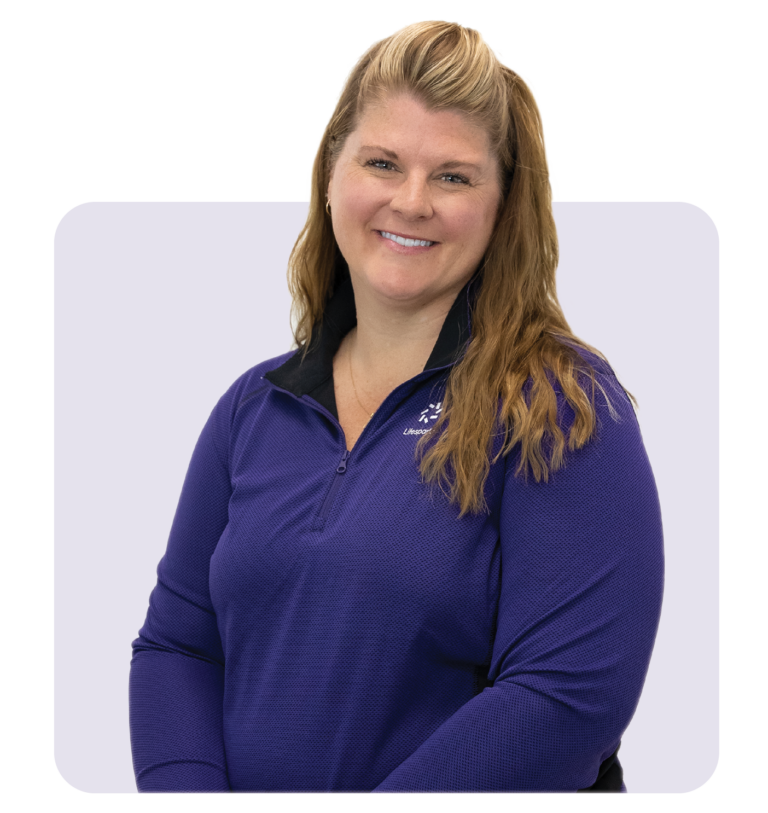Want more on this topic?
Check out these posts:
This size screen isn't yet supported. We're working on that.
An eNewsletter for Aging Magnificently — VOLUME 3
At Lifespark we’re all about helping you stay healthy at home, navigating your health options with confidence, and living a fuller, more independent life. That’s what The A.M. Post is all about, too. Read on — we hope you enjoy!
Joanie planned her own 82nd birthday party: her favorite breakfast place would accommodate all 27 members of the family. She bought two kinds of cupcakes, picked up a plant for each family to take home afterward, and told everyone that it was a “no gifts allowed” occasion. At the party she addressed her gathered family about the importance of family and how much she loved spending time with them. With a dry sense of humor, her jokes drew laughter from both her gathered family and neighboring tables.
The following day she felt dizzy and weak, her heartbeat was rapid, and she was having trouble maintaining the thread in conversations. Her daughter called her doctor who suggested she go to the Emergency Room (ER) to have it checked out because he couldn’t get her in right away. After 10 hours of sitting in the waiting room Joanie and her family were finally taken into an exam room. Joanie was eventually admitted to the hospital due to unexplained dehydration which caused a urinary tract infection and kidney stones, all treatable at home.
Joanie’s experience is not unusual. Across Minnesota, seniors wait in ERs experiencing symptoms that may or may not require emergency room care because they are unable to get timely doctor appointments for health issues that arise. They wait in an overcrowded ER for hours — sometimes more than a day — when in many cases it isn’t necessary for the issue they are experiencing.
Using the ER as the default to fill gaps when seniors can’t be seen quickly by their own doctors has other consequences as well. Physically, the toll from interrupted sleep, not moving around and in many cases not eating on your regular routine can be steep. These under acknowledged costs of care are among the many reasons so many leading organizations have started developing in-home urgent care and hospital at home programs.
Many seniors decline mentally or physically in the hospital, even if they recover from the original illness or injury that brought them there. Research shows that one-third of clients over 70 years old, and more than half of those over 85, leave the hospital more disabled than when they arrived. As a result, many seniors are unable to care for themselves after discharge and need help with daily activities such as bathing, dressing, or even walking.
What if Joanie had been able to stay in the comfort of her own home and the urgent care services came to her?
Urgent health issues do not always require hospitalization or a trip to the ER. In fact, in many cases ERs are an unnecessary layer of complexity for an issue that can be easily treated in the comfort of one’s own home.
The key Dr. Nick Schneeman, Chief Medical Officer at Lifespark, points out is not ER avoidance but addressing urgent needs at home where a senior is most comfortable to avoid long wait times and high costs, and exposure to bacteria, viruses, and overtreatment. Seniors especially benefit from the focused attention at home and even more when the urgent response team is integrated with their primary care.
“Interest in the hospital-at-home model has been taking off,” says Bruce Leff, a geriatrician and professor of medicine at the Johns Hopkins University School of Medicine. “People are starting to see it as part of the bigger solution for overcrowded hospitals, capacity issues, the cost of care, and improving outcomes.” The growing availability of sophisticated technology has been a driving force, too.
A study published in January by researchers at Mass General Brigham showed that for almost 5,900 seniors across the country, who were treated at home saw lower mortality rates, fewer returns to the hospital, and less time spent in skilled nursing facilities.
Multiple studies are showing that treatment at home is not only a viable option but, in some cases, it’s a better option. “People do better; they’re more mobile, they recover faster,” says Michael Maniaci, an internist at the Mayo Clinic. “They use physical therapy or skilled nursing care less. You ask: Why is that? Because there’s something magical about being at home.”
Some innovative programs are now focusing on the gap that often causes unneeded ER visits like Joanie experienced when her own doctor was unable to see her the next day. Called mobile integrated care or urgent care at home, these services respond quickly within hours and provide focused attention by medical professionals to seniors in their living rooms. By filling this important gap, they save people from the array of costs of going to the ER – including the many documented physical and health issues that may occur. At the same time, these options save families from the disruptions of rearranging schedules to accompany older loved ones on lengthy ER trips.
The comfort of the familiar home environment is simply better for seniors regardless of whether they live in a home with others, or alone — and even if they’re acutely ill. If home is where the heart is, it only makes sense that home would also be where our health is best.

Check out these posts:
Age is beauty and aging brings change – interesting posts from around the internet

Dear Ethel,
Sometimes I feel nervous in my home. What if I fall and hurt myself or start to feel really ill suddenly. I’m pretty healthy so I’m not sure if these are things I should worry about or if it’s just irrational anxiety. What do you think? ~ Worrywart
Dear Worrywart,
Your concerns are valid -even though you’re healthy. As we age our bodies change. What was once a simple fall in our younger years can become a serious health problem as we get older. But that doesn’t mean you have to stop living or enjoying your healthy life.
One way to mitigate this fear is to sit down with your health care team and put together a contingency plan. This plan contains early warning signs of health changes occurring. It includes what you and your health care team can do early on to produce the outcomes you desire. These plans start in your home and can include diagnostic tests, urgent mobile care, new medications and services like physical therapy. This plan will go through all the steps that you or a loved one would need to take in an emergency. For your peace of mind, you can put together a check-in plan with loved ones to ensure that they know if something isn’t right in your home. The contingency plan will be reviewed by your provider team, and they can align your services to it, even if you were to become incapacitated. It even lays out your preferences for life sustaining measures in a catastrophic situation.
A contingency plan is both an anxiety reducer and a proactive measure for your health. Look into it right away. It will put your worries to good use and help you feel so much better.

Lifespark has added Urgent Response Services for Lifespark COMPLETE. The goal is to give seniors options to avoid long waits in the emergency room and keep them safe at home.
Lifespark can provide much of what an emergency room doctor could provide in a hospital, right in your home. This includes x-rays, lab work, EKGs and sutures. What’s more, Mobile Urgent Responders know you and your health and life goals. They will use that information to align services to your care plans.
NOTE: You already have access to Lifespark COMPLETE and in-home Urgent Response Services at no additional charge as part of your Medicare Advantage health plan.
Summer is an ideal time to have the grandkids visit. They’re out of school, Minnesota summers are perfect for outdoor fun, and your kids probably need a break from their kids… but sometimes the idea of all that open time with children can be daunting. The memories you get to make during these visits can last a lifetime – it’s all a matter of creativity in your planning.
Regardless of the things you do, it’s how you do them that builds and strengthens those connections with grandkids. Summertime is a reminder of carefree childhood for most of us. Spending those glorious long days with your grandkids can bring back your memories of lazy, fun days and create the same kind of memories for the next generation.

Ardis‘s COMPLETE team understands her life goals which include making lunch for the boys, gardening, and going to the casino in addition to addressing her complex health needs which helped her avoid four hospitalizations. Both are important parts of her Life Plan.